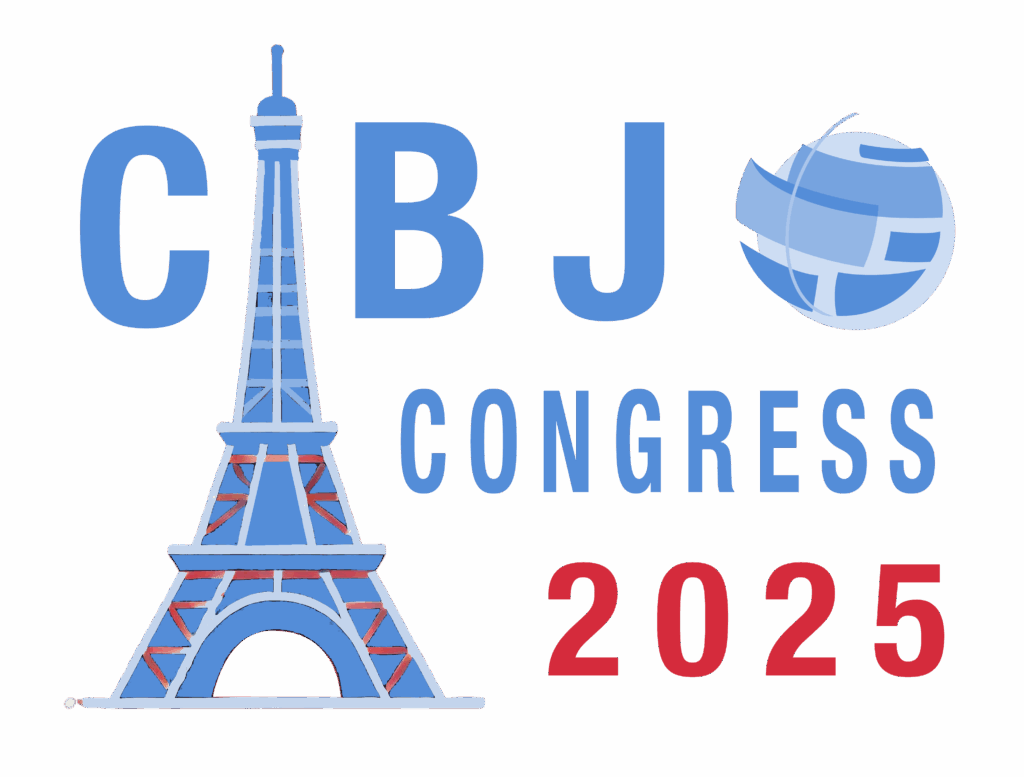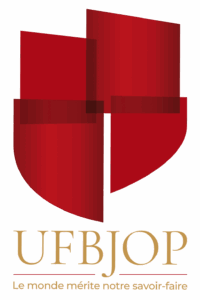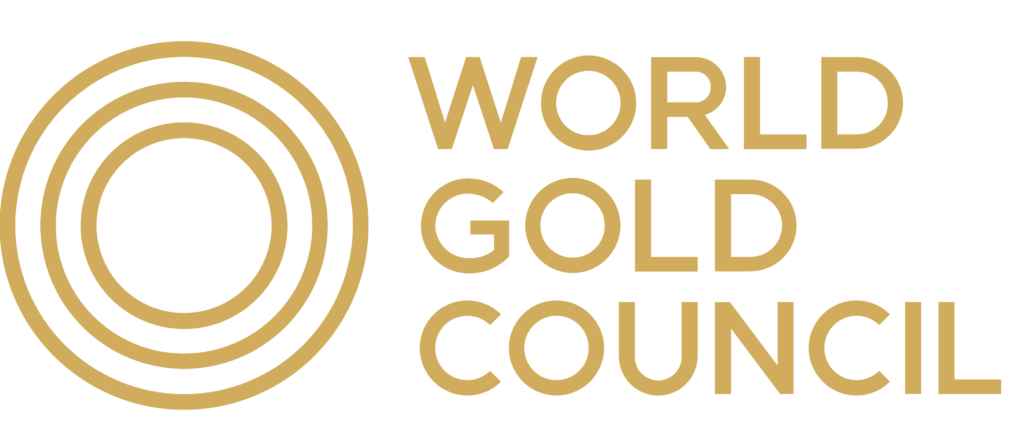SPECIAL REPORT
GEMMOLOGY
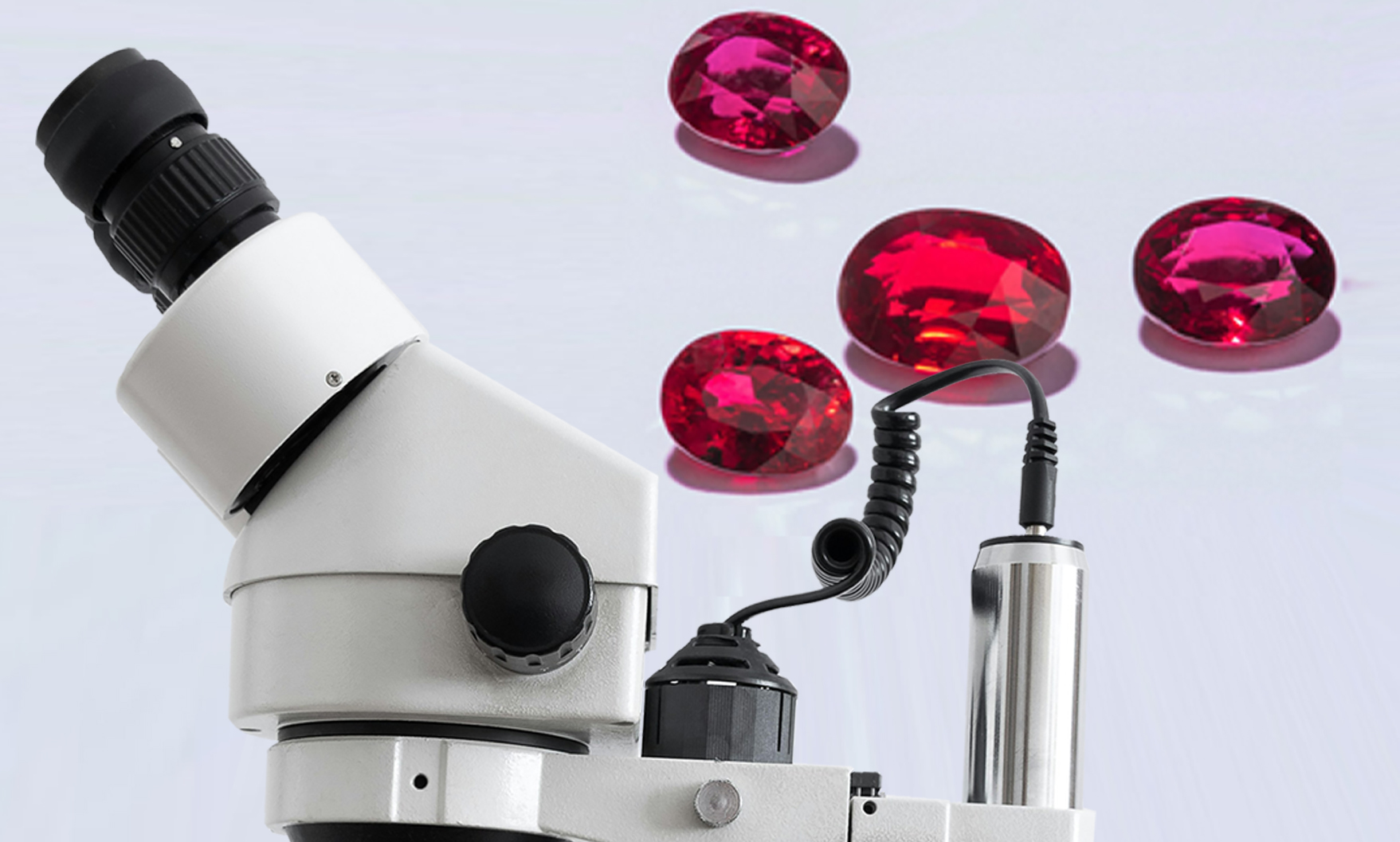
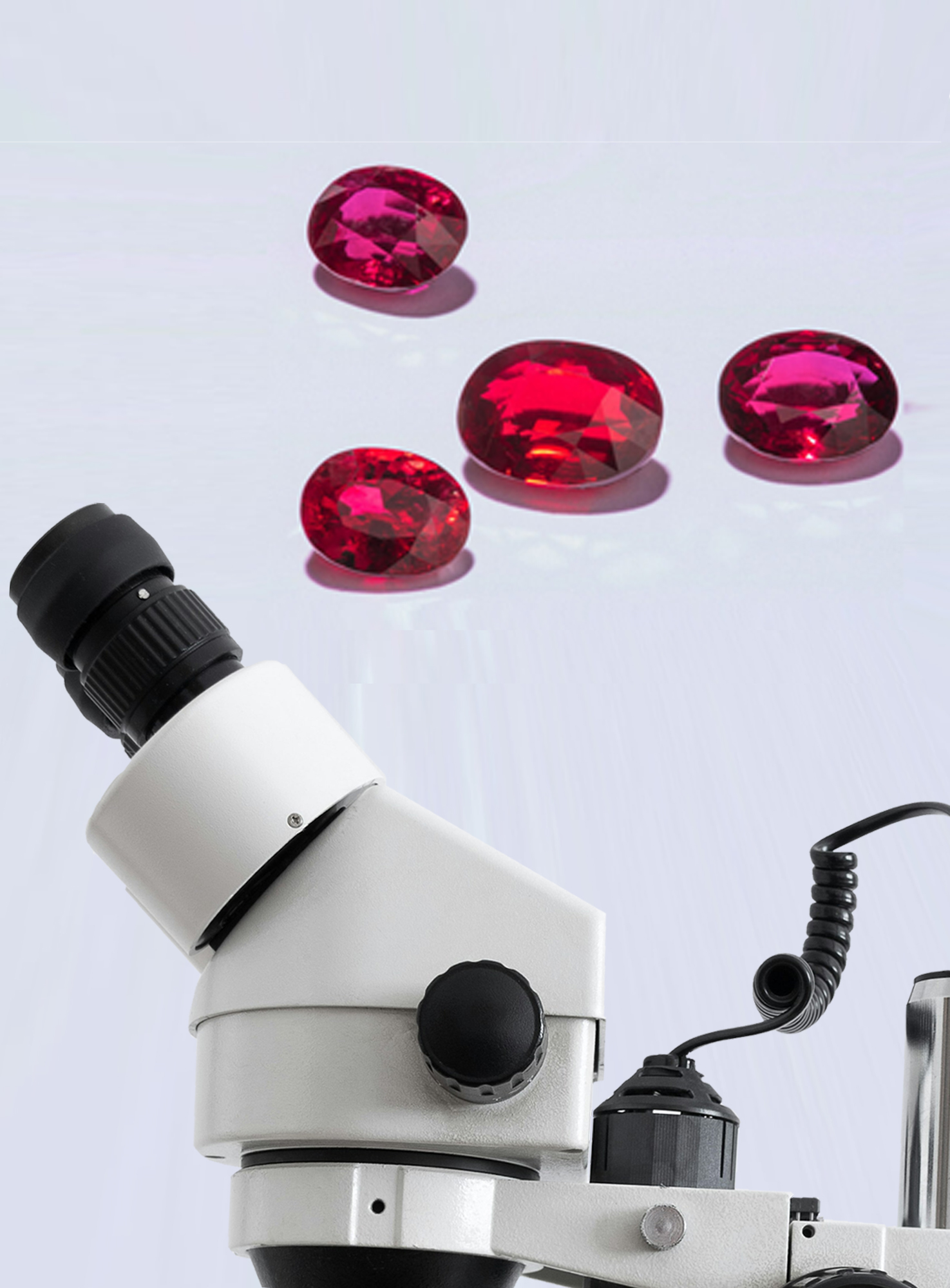
PHOTO CREDIT: Photo montage with photos by Pawel Czerwinski on Unsplash and Gemfields.
CIBJO Gemmological Commission considering listing
of laboratories committed to Blue Book principles

By Hanco Zwaan
President
CIBJO Gemmological Commission

Claudio Milisenda
Vice President
CIBJO Gemmological Commission

Thanong Leelawatanasuk
Vice President
CIBJO Gemmological Commission
OCTOBER 2, 2025
The following report details the activities of the Gemmological Commission over the past year. Our principle role within CIBJO and the greater gem and jewellery industry is improving the transparency of operations at gemmological laboratories and the confidence of consumers in the reports they issue.
The commission recently completed an extended edition of the CIBJO Gemmological Laboratories Blue Book, listing essential management and technical requirements, test protocols and accepted nomenclature, describing what it takes to run a gemmological laboratory.
CIBJO intends using the Gemmological Laboratories Blue Book to identify laboratories that commit to meeting with the standards it has set.
Proposal for CIBJO listing of gem laboratories
There have in recent years been concerns expressed about gemstone reports issued by different labs for the same stones, with different and sometime contradictory findings. This has brought into question the qualifications of the laboratories issuing the reports, taking into consideration that, worldwide, there is very little official oversight as to what are the requirements for an organisation to claim to be a gem testing laboratory.
I would note that gemmological laboratories are increasingly considered an integral part of the gemstone trade and a good number of them are valuable and hard-working CIBJO members.
To remedy the situation, there have been calls in industry circles for CIBJO to devise a system by which laboratories meeting minimum criteria would be listed by our organisation. If such a system is implemented, it has been contended, it may have a positive impact on consumer confidence and on gemstone sales.
Over many decades, CIBJO has developed standards for the gemstone industry and published these in its Blue Books and various guides. To adopt these standards demands a high level of integrity, through the proper and clear use of recommended nomenclature and an elevated degree of transparency.
The CIBJO Gemmological Laboratories Blue Book is one of these documents. Essentially, it provides guidelines for the management and technical operations of gem labs, providing gemmological specificity that expands upon ISO Standard 17025, which is the internationally-recognised management systems accreditation for testing and calibration laboratories, enabling them to demonstrate that they operate competently and generate valid results.
The CIBJO Gemmological Laboratories Blue Book suggests best practices and general requirements for the competence to carry out tests, grading and/or internal calibrations, on instruments, coloured gemstones, diamonds and pearls, and they are pertinent regardless of a gemmological laboratory’s size or scope.
It is proposed that CIBJO use the content of the CIBJO Gemmological Laboratory Blue Book as the basis for listing laboratories, which by a signed proclamation they will declare that they adhere to its requirements, as well as implementing the standards, principles and language of all the CIBJO Blue Books, and in particular the Blue Books relating to coloured gemstones, pearls, diamonds and coral.
It also has been been proposed that, in the event of a result that is disputed by another listed laboratory, a mechanism will be created by which the laboratories and the client(s) are peacefully able resolve the issues.
The benefit of such a system is that laboratories with quality management systems in place, which adhere to the clauses and overall content of the CIBJO Gemmological Laboratories Blue Book, can be clearly identified by the trade and consumers alike.
The system will also encourage openness and transparency in a sphere of operations that has grown significantly in scope over recent decades, where the results given in reports often have significant impact on the value of the item being reported upon.
The conditions and practical implications of this proposal are still under discussion, but we appear close to agreement.
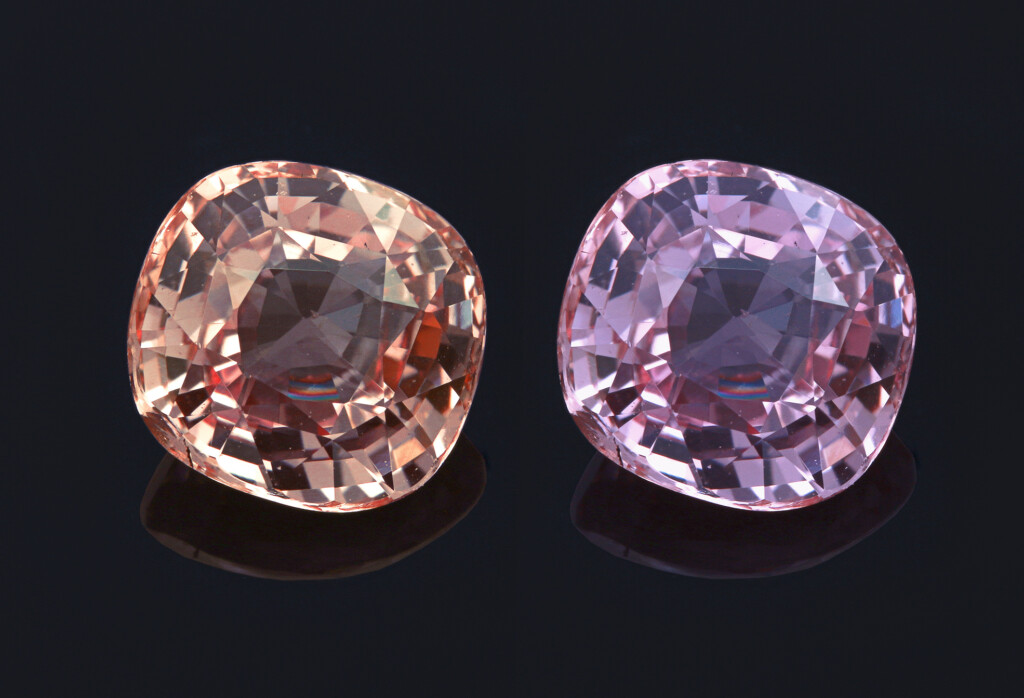
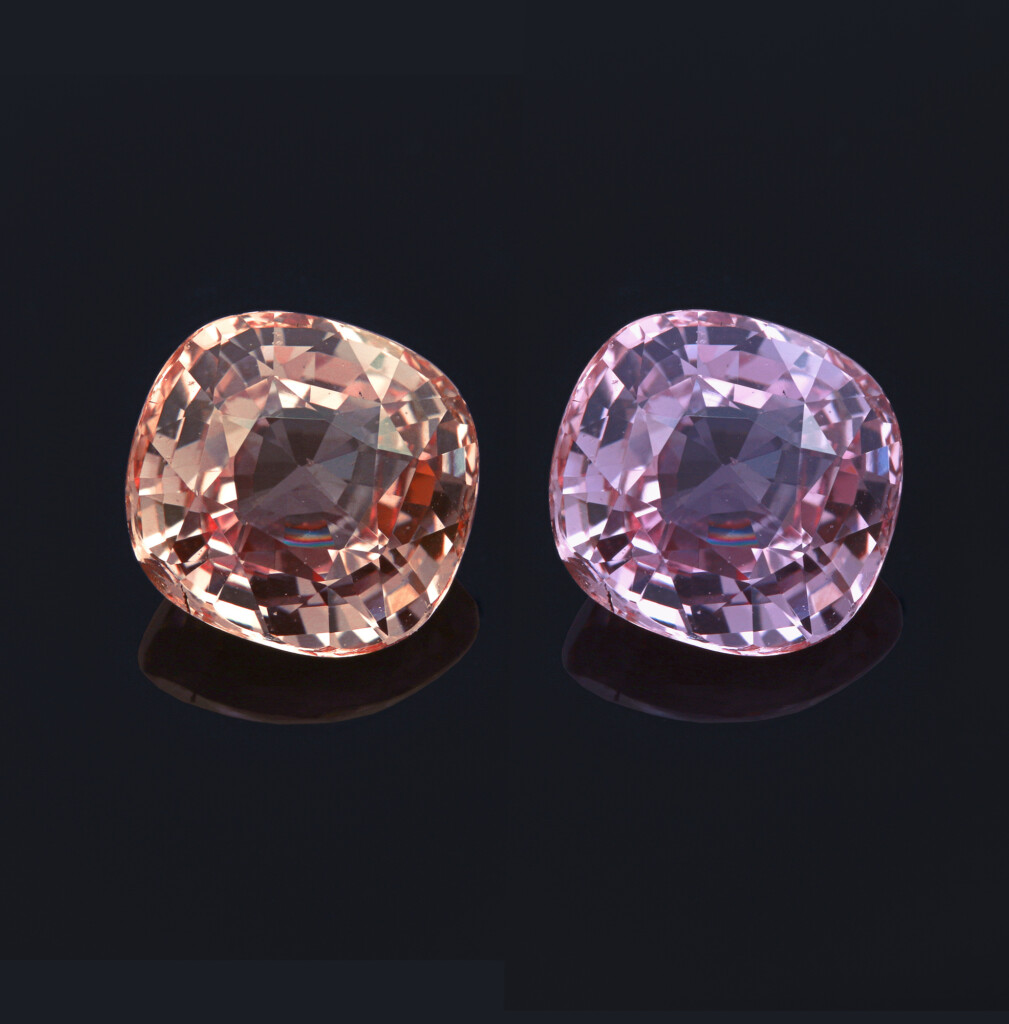
A photochromic fancy sapphire before (left) and after (right) colour stability testing. Courtesy of Claudio Milisenda, German Gem Lab.
CIBJO Jade guide
Members of the Gemmological Commission were involved in the work of the ad hoc committee that has been developing the Jade Guide, which was earlier reported on by Charles Abouchar, President of the Coloured Stones Commission.
I may add to this earlier report that I have been impressed by the process of developing the guide, which included many lectures, regular in-person and virtual meetings over a period of several years, with excellent input by jade experts, which greatly improved our understanding of the subject.
The result is the Jade Guide, which will put into perspective t terms such as jade, jadeite, nephrite, Fei Cui and Yu, bridging the gap in use of nomenclature. It will even clarify ways of thinking, in different parts of the world.
The Laboratory Manual Harmonisation Committee (LMHC)
Members of our Gemmological Commission are also represented in the Laboratory Manual Harmonisation Committee (LMHC), among them our Vice President, Claudio Milisenda. As he explains, “The primary purpose of LMHC is to work towards the harmonisation of gemmological report nomenclature, producing Information Sheets (IS) that help users properly comprehend the language used in the reports issued by LMHC members.”
At and after its latest meeting, which took place in Basel, Switzerland, in May 2025, LMHC members unanimously approved three new information sheets that standardise terminology and testing procedures, and also updated an information sheet focusing on Fei Cui and jade terminology.
Particularly noteworthy is the newly released IS No.16 which focuses on a standardised method to test the colour stability of gemstones. There have been concerns in the trade about colour stability, particularly where it comes to yellow, peach and padparadscha sapphires. The suggested test is simple and can be carried out by any person with basic gemmological knowledge.
The other two new information sheets focus on a standardised report wording for tanzanite (IS no. 15) and for blue cobalt spinel (IS no. 14).
All new and updated information sheets will be published before the CIBJO congress on the LMHC website (https://www.lmhc-gemmology.org).
Of particular interest among the updates are the additions to LMHC Information Sheet No. 11, dealing with jade and related materials, which includes definitions, suggested testing procedures and report wording, also including a harmonized Fei Cui and Jade Terminology.
Michael Krzemnicki, director of SSEF, added that the changes to IS 13 include some clarification of hydrophane opal testing as well.
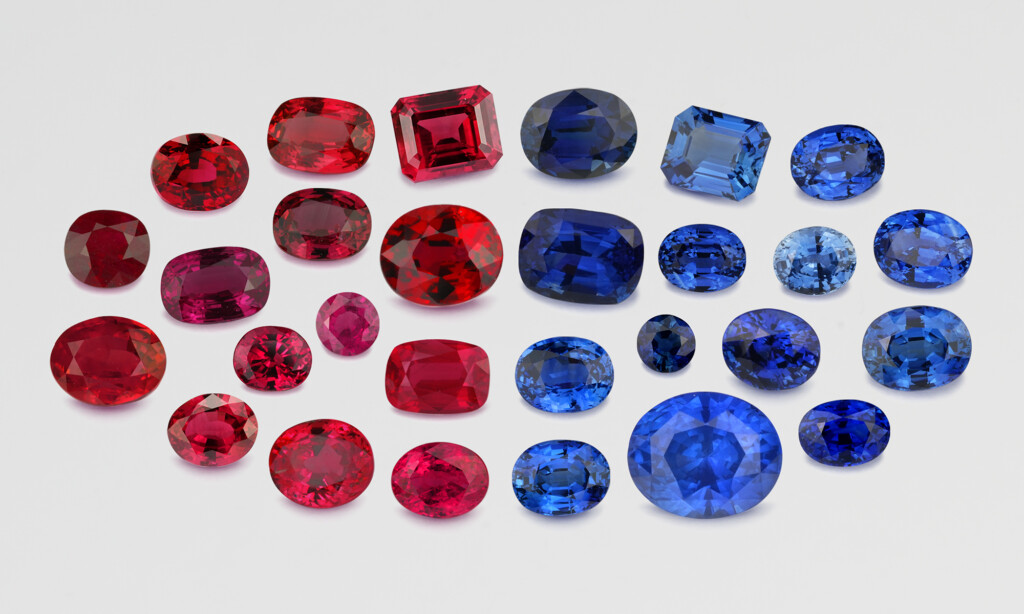
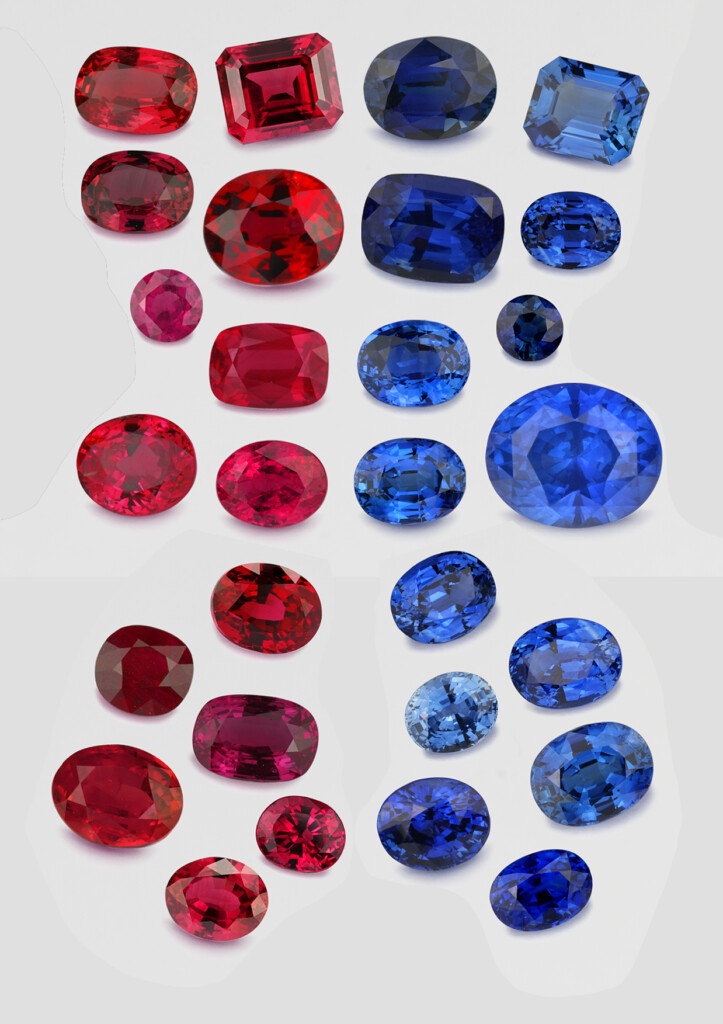
Machine learning is increasingly used to support origin determination of gemstones, such as these rubies and sapphires from several commercially relevant deposits. The rubies shown here, ranging in size from 0.63 carat to 2.57 carats, are from Myanmar, Thailand, Mozambique and Tanzania. The sapphires are from Sri Lanka, Myanmar, Madagascar, Thailand and Australia and range in size from 1.04 carats to 4.93 carats. Composite photo by T. Sripoonjan. Courtesy of Thanong Leelawatanasuk, GIT, Thailand.
The use of AI in gemmological laboratories
Thanong Leelawatanasuk, also a Vice President of the Gemmological Commission, reports that “one of the interesting trends nowadays is the integration of machine learning and AI into laboratory testing processes.”
Many labs are developing their own AI applications. For example the Gübelin Gem Lab in Luzern, Switzerland, is using its “Gemtelligence” algorithm to determine the country of origin of rubies, sapphires and emeralds, as well as recognise heat treatments in rubies and sapphires. This comprehensive AI system makes it possible to fully delegate data interpretation to a software program, Gübelin claims (https://www.gubelingemlab.com/en/gemlab/gemtelligence).
According to Michael Krzemnicki, at Swiss Gemmological Institute SSEF in Basel, unsupervised machine learning is used to support origin determination of gemstones, such as emeralds and Paraiba tourmalines. This was reported on the Journal of Gemmology. (See also, https://www.ssef.ch/zh-hant/ssef-introduces-machine-learning-algorithm-for-data-visualization/.)
At the the Gem and Jewelry Institute of Thailand (GIT) in Bangkok, as Thanong reports, AI is being used mainly for origin determination, focusing on rubies and sapphires (see https://git.or.th/upload/is_art/file/file-3267-Eng-196448097.pdf.)
In addition, Sarine Technologies in Israel has introduced AI-based diamond grading (https://sarine.com/egrading/). Furthermore, in collaboration with IBM research, the Gemological Institute of America has developed the new GIA-AI clarity system (https://discover.gia.edu/gia-ibm-diamond-clarity-ai.html). Clarity is the most difficult and time-consuming aspect of diamond grading, and systems like this are potential replacements for human diamond graders.
As Thanong notes, “These developments have raised concerns about the possibility of overreliance on AI over human gemmologists.”
“Such concerns, along with questions regarding the liability of gemologists and laboratories who rely on AI results, as well as the broader issues of AI governance should be topic of discussion in the Gemmological Commission, to provide guidelines on these critical issues,” Thanong points out.
The pace of development is very rapid, and the concept of an “AI gemmologist” is coming increasingly close to reality. It is highly likely that this forward-looking topic will be high on our agenda in the near future.
FOR FURTHER REFERENCE: Seneewong-Na-Ayutthaya M., Sripoonjan T., Wanthanachaisaeng B., Leelawatanasuk T., Lhuaamporn T., Suwanmanee W., 2025. Machine-learning Applications in Gemmology: Classifying the Geographic Origin of Ruby and Sapphire Using Chemical Data. The Journal of Gemmology, 39 (7), 2025, pp. 634–655, https://doi.org/10.15506/JoG.2025.39.7.634

